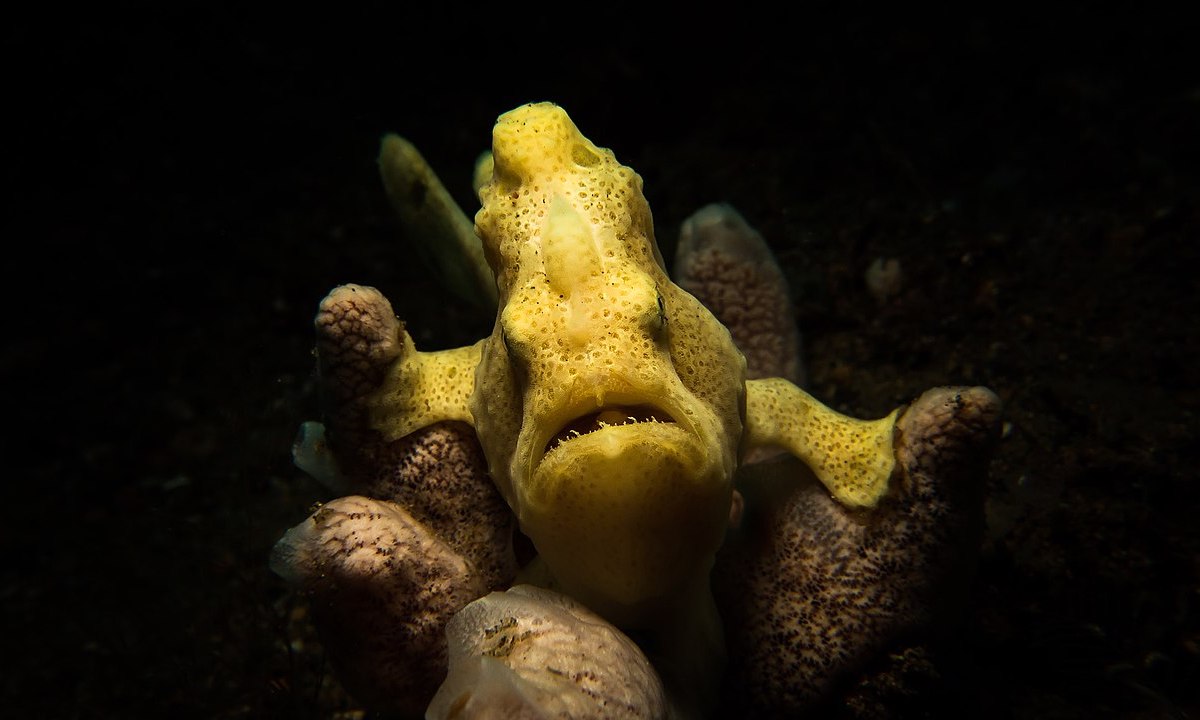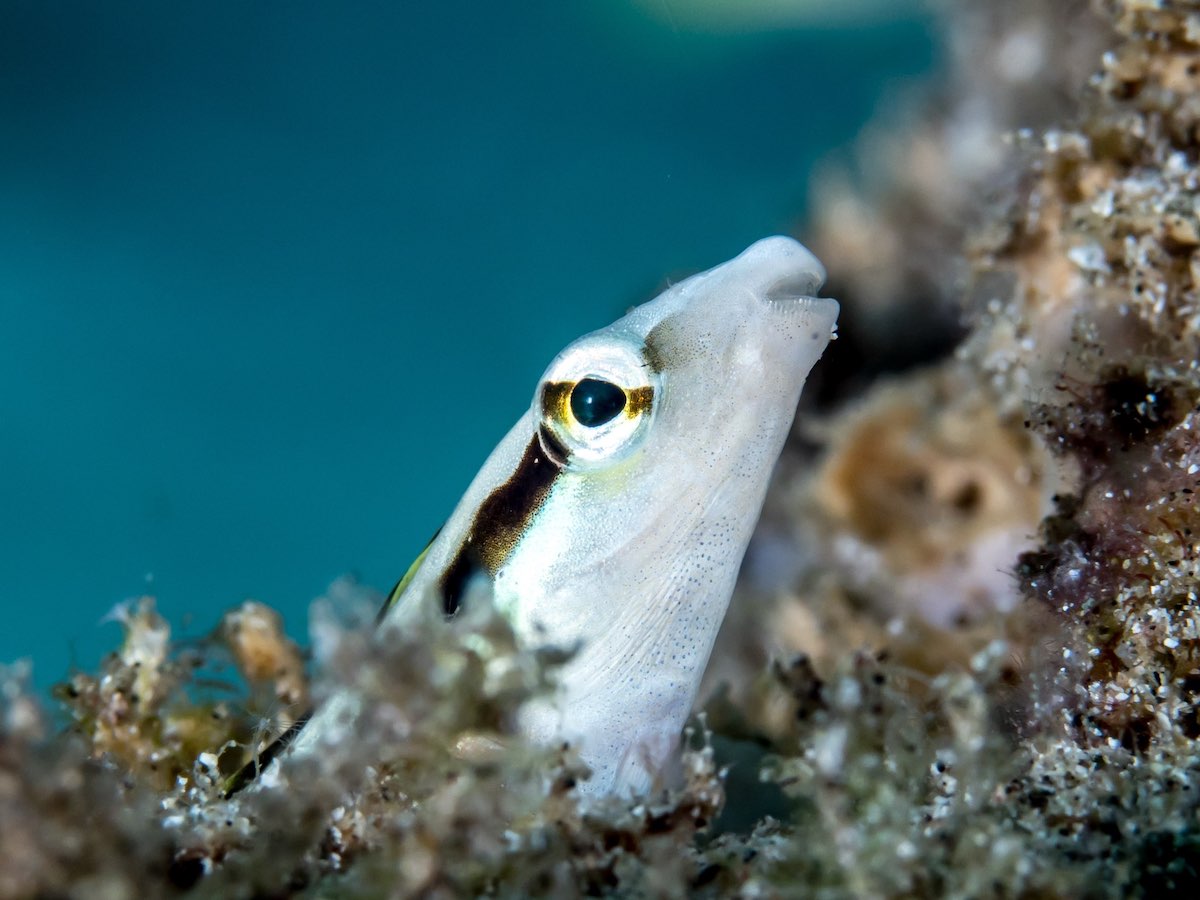How Animals Mimic Each Other to Survive and Thrive
Sometimes, mimicry is more than a form of flattery—it can help you survive

Ocean animals use a variety of weird and wonderful strategies to survive. These methods, which can range from changing color to using tiny stingers, help them attract mates, avoid predators and find food. These survival techniques have evolved over thousands—if not millions—of years.
Sometimes, it’s easier for animals to copy another species’ method than to develop their own. Why reinvent the wheel, right?
Mimicry is when two or more organisms who are not closely related resemble each other, and that leads to an advantage for one or both species. There are a few different types of mimicry depending on how and why one species mimics another. Batesian mimicry, for example, is when a harmless organism looks like a dangerous one, deterring potential predators or competitors. Aggressive mimicry takes a “wolf in sheep’s clothing” approach, where an animal looks like prey or a harmless species in order to lure an unsuspecting victim in.
There are countless examples of mimicry throughout the animal kingdom—if you grew up in the mid- or south-Atlantic (like me!), then you might be familiar with the eastern coral snake and its mimic, the kingsnake. Coral snakes are highly venomous and use their bright yellow and red bands to warn predators to stay away. Kingsnakes are quite harmless, but their similar vibrant bands are enough for any potential threat to do a double take. Kingsnakes are all bark, and no bite. To tell them apart, there’s a rhyme about the pattern of the bands: “Red touch black, safe for Jack. Red touch yellow, kill a fellow.”
The ocean is packed with tricky copycats, too. All of these species use mimicking to their advantage to avoid predators, lure in prey or generally blend into their environment.
One example of aggressive mimicry takes advantage of an important symbiotic relationship in the ocean: cleaner wrasses and reef fish. Typically, when predators on the reef need a refresh, they enlist the service of cleaner fish—these critters set up cleaning stations where they eat dead tissue and parasites off of larger fish. The sabre-toothed blenny looks like a cleaner fish called the bluestreak cleaner wrasse, and will position its body to invite fish in, thinking they’re going to get a good clean. When the unsuspecting victim comes close, the blenny will strike, biting into the fish and tearing off skin before quickly swimming away.

The iconic frogfish uses another form of aggressive mimicry. These weird and wonderful fish have a dangling lure coming off their head that looks like a small worm. As a curious fish or crustacean comes close, the frogfish will move the lure so the “worm” looks alive. Once their prey is close enough, the frogfish will snap forward, grabbing its meal.
Not all mimicry is nefarious though. Some animals, like the marine betta, are just trying to be left alone. They have tiny white spots all over their dark bodies and one big black dot towards their tails called an eyespot. If a predator comes close, they can dart headfirst into a hole, leaving their tail end exposed. To a clueless predator, the tail looks suspiciously like the head of a whitemouth moray eel, who they do not want to pick a fight with.
At the end of the day, ocean animals are just like the rest of us—doing what they can to get by and live another day. Mimicry is one of the creative ways they do just that.